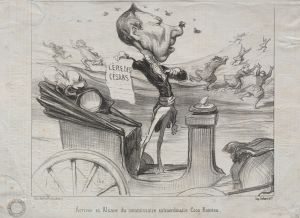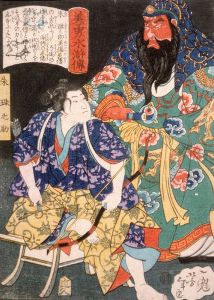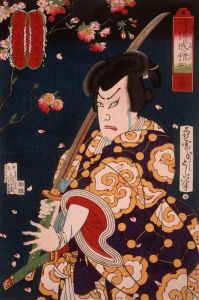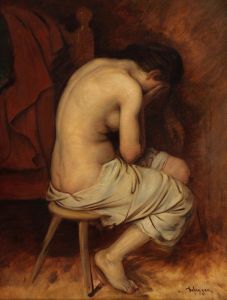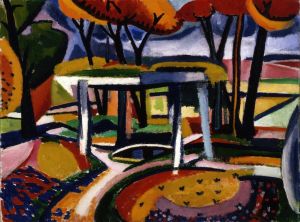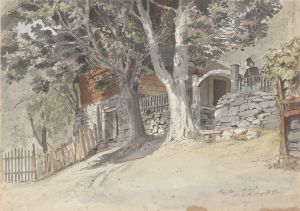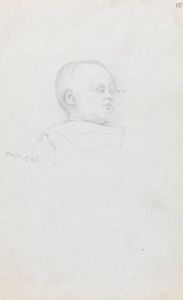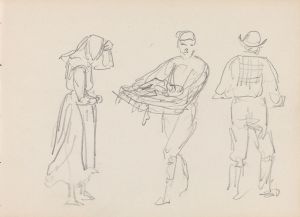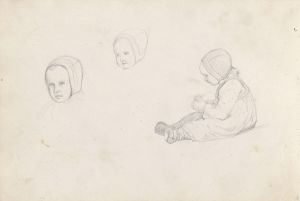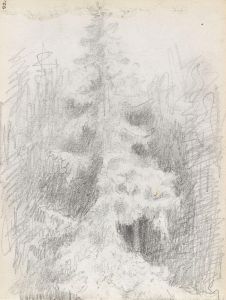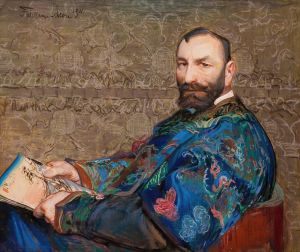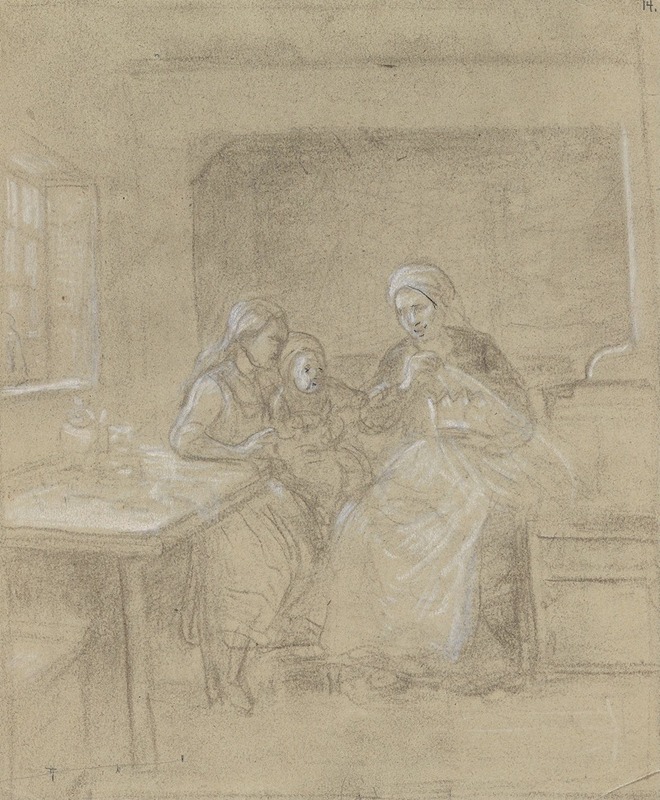
Bestemors brudekrone
A hand-painted replica of Adolph Tidemand’s masterpiece Bestemors brudekrone, meticulously crafted by professional artists to capture the true essence of the original. Each piece is created with museum-quality canvas and rare mineral pigments, carefully painted by experienced artists with delicate brushstrokes and rich, layered colors to perfectly recreate the texture of the original artwork. Unlike machine-printed reproductions, this hand-painted version brings the painting to life, infused with the artist’s emotions and skill in every stroke. Whether for personal collection or home decoration, it instantly elevates the artistic atmosphere of any space.
Adolph Tidemand's painting Bestemors brudekrone (translated as Grandmother's Bridal Crown) is a notable work by the Norwegian artist, created in 1869. Tidemand, a prominent figure in 19th-century Norwegian art, is best known for his depictions of rural life, national traditions, and folk culture. This painting reflects his interest in preserving and celebrating Norway's cultural heritage during a time of growing national identity.
The artwork portrays an elderly woman holding a bridal crown, a traditional Norwegian wedding ornament. Bridal crowns were often elaborate, made of silver or gold, and symbolized purity and honor. They were typically passed down through generations, making them significant family heirlooms. In this painting, the grandmother's gesture of holding the crown suggests a connection between past and present, emphasizing the continuity of tradition.
Tidemand's attention to detail is evident in the intricate depiction of the crown and the woman's clothing, which reflects traditional Norwegian folk costumes, or "bunad." The setting of the painting, likely an interior of a rural home, further underscores the artist's focus on the everyday lives of Norwegian people. The warm, subdued color palette and the intimate composition create a sense of nostalgia and reverence for the subject matter.
This painting is part of Tidemand's broader body of work that sought to document and romanticize Norwegian rural life during the 19th century. His art played a significant role in shaping Norway's national identity, particularly during a period when the country was seeking to assert its cultural independence from Denmark and Sweden. Bestemors brudekrone exemplifies Tidemand's ability to combine ethnographic accuracy with emotional depth, making it a cherished piece of Norwegian cultural history.
The painting is currently housed in the National Museum of Art, Architecture and Design in Oslo, Norway, where it remains an important example of Tidemand's contribution to Norwegian art and his dedication to preserving the nation's traditions through his work.





